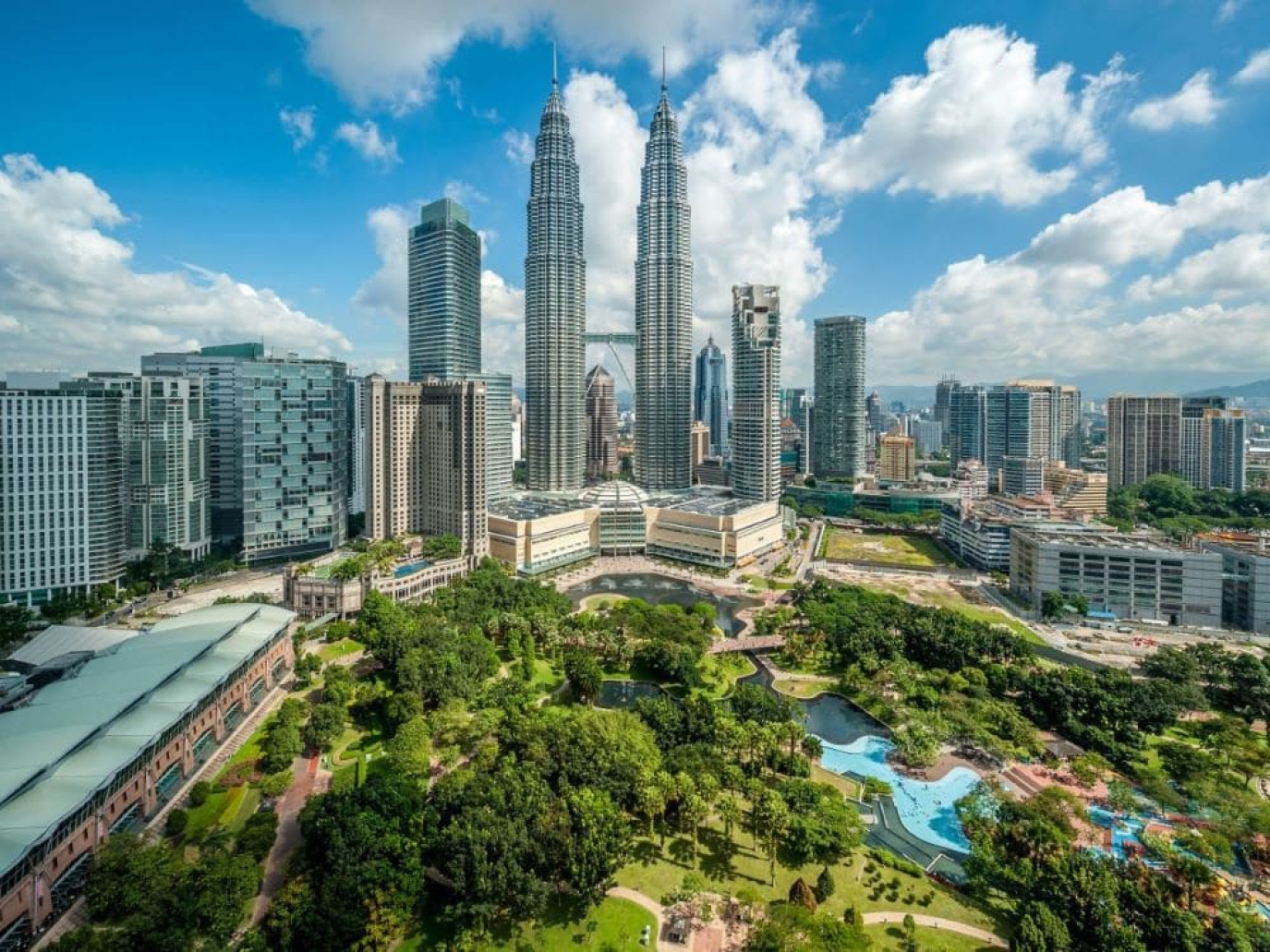This article is also available in Italian / Questo articolo è disponibile anche in italiano
In recent months, several countries in Asia experienced massive typhoon, flash flood, and extreme weather changes. As part of the mitigation of global environmental challenges, country leaders are seeking innovative strategies to balance economic growth with sustainability. Malaysia is among those making significant strides, particularly through its recent adoption of a Circular Economy Policy Framework. This initiative, introduced by the Ministry of Investment, Trade, and Industry (MITI), marks a pivotal step in transitioning the country away from resource-intensive, fossil fuel-based economic models towards a more sustainable, circular economy.
In this letter, we highlight Malaysia’s efforts and draw parallels to the European Union's successful Circular Economy Action Plan, emphasizing the critical role of international collaboration, scientific expertise, and strategic policy in driving a greener, more resilient future for all. Based on our previous studies on circular economy, we agree that this Malaysian framework provides a disciplined strategy for increasing circularity in the manufacturing and recycling sectors. Apart from its impact on socio-economic, the policy framework serves as a guidance for optimisation of resource allocation by concentrating on circular inputs, effective processes, and sustainable outcomes.
Taking cue from the international counterpart, the European Union's Circular Economy Action Plan sets a good example on how a strategic policy can propel environmental protection, job creation, and economic growth. The EU's performance in lowering waste and improving resource efficiency closely corresponds with Malaysia's effort.
Malaysia’s seven enablers to support the circular economy
The MITI’s circular economy policy framework proposed seven enablers to support the circular economy initiatives. The enablers of the framework are supposed to be implemented with great help from scientists. First, establishing a uniform certification system for labeling and reporting on items based on the circular economy will help to greatly assist this. Like Germany's Blue Angel accreditation, this system will be a "green label," inspiring businesses to use circular methods and enabling consumers to spot environmentally beneficial goods.
Supporting the export of goods with circular economy criteria and drawing high-value investments in the circular economy is another vital enabler. Emphasizing circular economy value chains can help Malaysia establish itself as a major exporter of sustainable goods, much as the Netherlands, which has become known as a circular economy center in Europe by means of creative ideas in agriculture and building.
Third, Malaysia also has chance to advance ASEAN's circular economy initiatives. For instance, the ASEAN Cooperation on Environment offers Malaysia a basis from which to grow regionally. Malaysia serves to promote more regional collaboration by unifying circular economy criteria within the ASEAN community.
It will be imperative to define circular activities precisely, hence creating a taxonomy for circular economy activities would help to offer clarity. This reflects the Circular Economy Monitoring Framework of the European Union, which guides investments and fiscal policies in the circular economy by means of well defined indicators and taxonomy.
The fifth enabler focuses on a robust national circular economy metrics and tracking systems. In 2016, Finland became the first country in the world to adopt a national circular economy road map. Hence, Finland's Circular Economy Roadmap presents a good model because important performance indicators (KPIs) is included in its tracking system to track the change toward a circular economy,
Meanwhile, the creation of upskilling initiatives to improve circular economy capacity is another crucial enabler. For example, offering local talents and SMEs thorough training enable Malaysia to enhance its circular economy projects. In order to achieve this, public-private partnership can come in to work with international organisations such as Ellen MacArthur Foundation to customise training courses to provide local governments and companies the tools they need to carry out circular economy plans.
The final enabler is encouraging circular business models. Malaysia can inspire more businesses to switch to sustainable models by strengthening capacity building. For instance, IKEA has effectively adopted circular business models by recycling and refurbishing furniture. Indirectly this translates into longer product life and less wastage.
It is noteworthy that this framework measures Malaysia's present practices against world standards. Analyzing circular economy benchmark abroad helps Malaysia to improvise the practice to stay competitive in the worldwide market. This strategy reflects the success of nations like Denmark, which is acknowledged as a leader in sustainability and has matched their circular economy initiatives with the United Nations Sustainable Development Goals (SDGs).
Image: Envato




